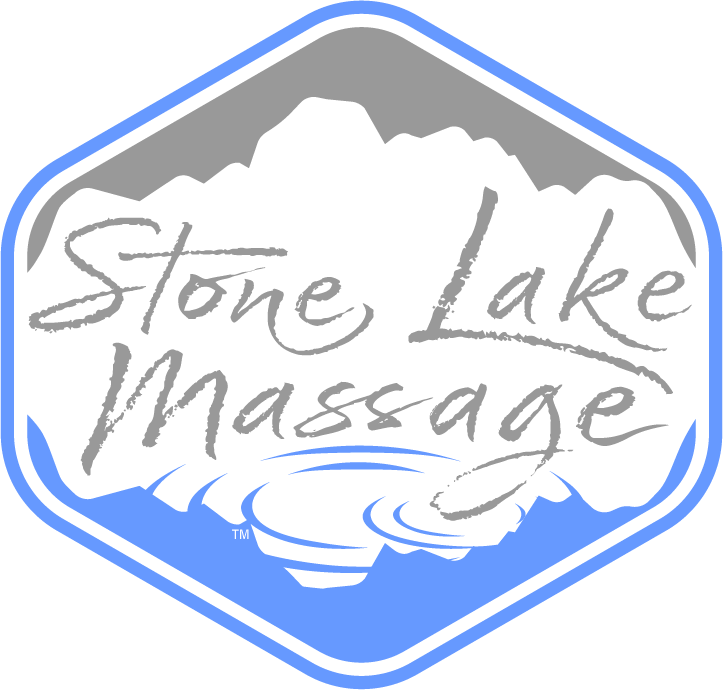Massaging the muscles inside your mouth helps treat many conditions, some of which can be debilitating. The most common of these conditions is Temporomandibular Joint Disorder, also called TMJ Disorder. The most common symptom of TMJD is pain in the muscles surrounding the jaw and/or in the joint itself. Other common symptoms range from headaches, pain in the face or neck, and popping of the jaw to ringing in the ears, hearing loss, and dizziness.
Reference: https://www.nidcr.nih.gov/health-info/tmd
If you suffer from this common disorder or similar symptoms, intraoral massage can help you decrease your symptoms and get you back to living your life.
Intraoral massage can also treat migraines and cluster headaches, vertigo, earaches, and even reduce your snoring. Singers and public speakers benefit from this treatment with clearer tone, greater volume control, and reduced vocal fatigue.
If you are receiving dental work or oral surgery soon, make sure it goes smoothly by getting intraoral massage ahead of time; it will release tight jaw muscles so that the open jaw position is more comfortable and remove tension that might complicate the procedure. Getting intraoral massage afterwards will reduce your pain, improve your recovery time, and aid in your healing process.
What to expect
Prior to performing intraoral massage, I wash my hands thoroughly. I work on the external muscles of the neck, head, and face to relax you and prepare you for work inside your mouth. Then I put on fresh nitrile gloves that will be discarded after your session. I use only one finger to access the intraoral muscles, except when pinching the tongue.
As strange as it sounds, intraoral massage is immediately relaxing, since it works so directly with cranial nerves that are part of the parasympathetic nervous system. For more information on this “rest and digest” system, see this post. Because it works so fast and is inherently intense, massage work inside the mouth frequently lasts 10 minutes or less.
Intraoral massage can feel very intense, and it’s worth being aware of the challenges before you receive it for the first time. The muscles inside the mouth are relatively small, work very hard, and are rarely if ever touched. This means they tend to be sensitive to even light pressure, but it also means they respond quickly to treatment. Some people struggle with gag reflexes; this is normal and can be mitigated with deep breathing, bending the knees, and eventually with continued exposure. The more you receive intraoral massage, the less your gag reflex will get in the way. Finally, saliva production increases with intraoral massage and can present some challenges with prolonged work. This is easily resolved by taking frequent breaks. Overall, the benefits of intraoral massage far outweigh the challenges, and are much longer lasting. If you have any symptoms listed at the top of this page, I highly recommend you try intraoral massage.
Options
Intraoral massage can be included in any length of massage for $15. It will not add additional length to the massage. Please indicate that you wish to receive intraoral massage when you book your standard session through Noterro.
I also offer half hour massages for people seeking intraoral massage only. In this 30-minute session, I work on your head, neck, shoulders, and mouth, which would not require you to disrobe as you might for a standard massage. This is the only service for which I offer sessions under an hour.
